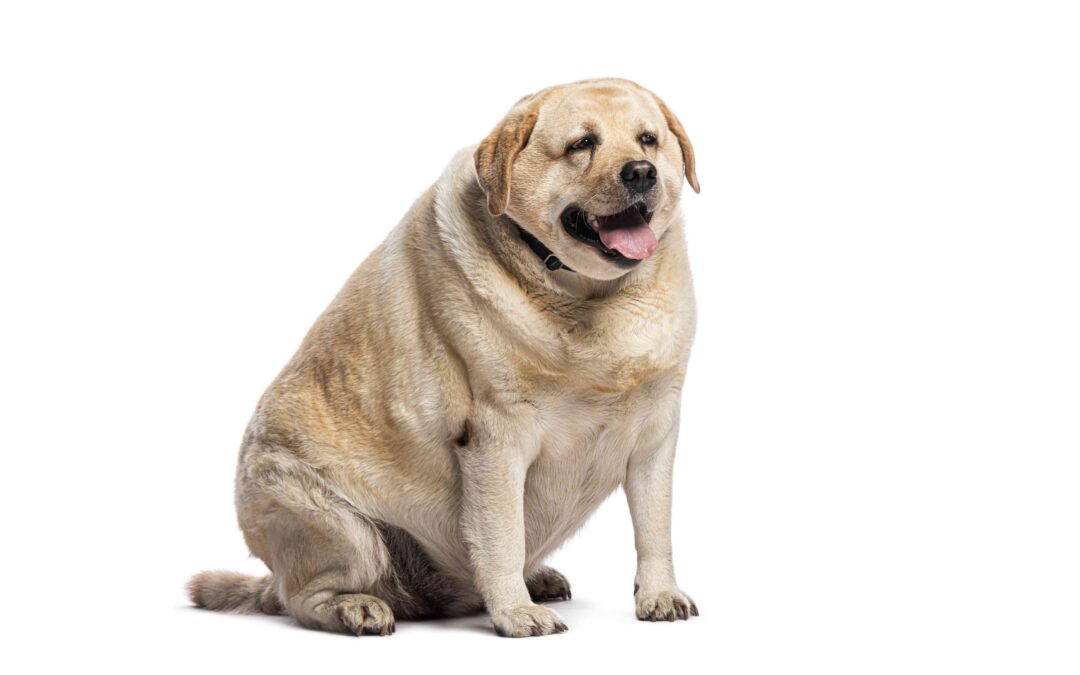Have you noticed your dog struggling to keep up on walks or your cat spending more time lounging than playing? Just like people, pets can gain extra pounds over time. While a chubby belly or round face may look adorable, carrying too much weight can put serious strain on your pet’s health. Obesity in pets increases the risk of diabetes, heart disease, arthritis, and a shorter lifespan.
The good news is that there are simple and effective ways to help your furry family member get back into shape. Here are five practical steps you can start today to help your dog or cat stay active, healthy, and happy.
1. Start with a Veterinary Checkup
The first step to helping an overweight pet is to know exactly where they stand. A professional weight assessment goes beyond just putting your pet on the scale. A veterinarian evaluates body condition, muscle tone, and overall health to determine if your pet is truly overweight or if another medical condition could be contributing.
Some pets may have underlying issues such as thyroid problems or joint pain that make weight loss harder. By scheduling an appointment, you ensure that any health problems are identified early and that your pet gets a safe, customized weight management plan.
During the exam, our veterinary team can also show you how to check your pet’s body condition score at home. This gives you a clear picture of whether your pet is underweight, at a healthy weight, or carrying a little too much extra padding.
2. Feed the Right Diet
Diet plays the biggest role in pet weight management. Many pet parents are surprised to learn how easy it is to overfeed. Even a few extra kibbles per meal can add up over time. The key is portion control, measuring meals carefully, and choosing the right type of food for your pet’s age, breed, and lifestyle.
For dogs, a high-protein, low-calorie diet can help support lean muscle while shedding fat. Cats often benefit from diets that are higher in protein and moisture to mimic their natural eating habits. If your pet has specific needs, prescription diets designed for weight loss may be recommended.
Instead of guessing which food is best, ask your veterinarian for guidance. Many high-quality and prescription diets are available through the online pharmacy, making it easy to have healthy food delivered right to your door.
Tips to make mealtime healthier:
- Use a measuring cup to portion food rather than eyeballing it.
- Split meals into two or three smaller feedings to reduce begging.
- Try puzzle feeders or slow bowls to encourage slower eating.
3. Make Exercise Fun
Exercise is important for helping pets burn calories and keep their bodies strong. The best way to encourage activity is to make it enjoyable.
Dogs thrive on daily walks, games of fetch, or even agility exercises in the backyard. Start with short sessions if your pup is out of shape and gradually increase the time and intensity. Variety helps keep dogs interested, so consider rotating activities to avoid boredom.
Cats can also benefit from structured playtime. Even indoor cats need movement to stay fit. Laser pointers, feather wands, or toy mice can spark their natural hunting instincts. Creating vertical spaces like cat trees and shelves encourages climbing and jumping, which are great forms of exercise.
If your pet resists exercise at first, patience is key. Begin with short, engaging activities and slowly build up. Making playtime a daily routine not only supports weight loss but also strengthens the bond you share with your pet.
4. Limit Treats and People Food
Treats are often where extra calories sneak in. A handful of biscuits or scraps from the dinner table may not seem like much, but they add up quickly. Many commercial treats are high in fat and sugar, making them more like fast food for pets than healthy snacks.
Instead of eliminating treats entirely, focus on healthier options. Choose low-calorie treats or break larger ones into smaller pieces. Fresh vegetables like carrots, green beans, or cucumber slices can make crunchy, guilt-free rewards for dogs. Cats often enjoy freeze-dried meat treats that provide protein without the extra carbs.
It is also important to avoid feeding pets human foods that can be harmful. Items like grapes, onions, chocolate, and fatty meats can cause serious illness. Sticking to veterinary-recommended treats ensures your pet gets a little indulgence without compromising their health.
5. Track Progress and Stay Consistent
Weight loss in pets doesn’t happen overnight. It requires patience, consistency, and regular check-ins to see how your pet is progressing. Keeping a simple weight log at home can help you stay on track. Record your pet’s weight weekly or monthly, along with notes about activity levels and diet changes.
Celebrating small victories is important. Even losing just a few ounces can be a big step in the right direction for a cat. Dogs may start moving with more energy or seem more playful as the pounds come off. These positive changes are worth recognizing and can help keep you motivated to continue the plan.
Routine appointments with our veterinary team allow adjustments to be made as needed. A professional can ensure that your pet is losing weight at a safe pace and maintaining good nutrition. Consistency is the key. Stick with the plan, and over time, you will see the benefits in your pet’s energy, comfort, and overall health.
Helping Your Pet Thrive
Keeping pets at a healthy weight is one of the most loving things an owner can do. A leaner body means less strain on the joints, reduced risk of disease, and more years of play, cuddles, and companionship.
If you think your dog or cat may be overweight, our caring team at Cloquet Animal Hospital is here to help. With personalized weight management plans, nutritional counseling, and ongoing support, we make it easier for pets in Cloquet to stay healthy and active. Call us today at (218) 879-9280 or request an appointment online to get started on your pet’s journey to better health.

